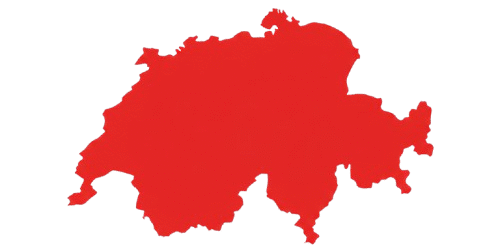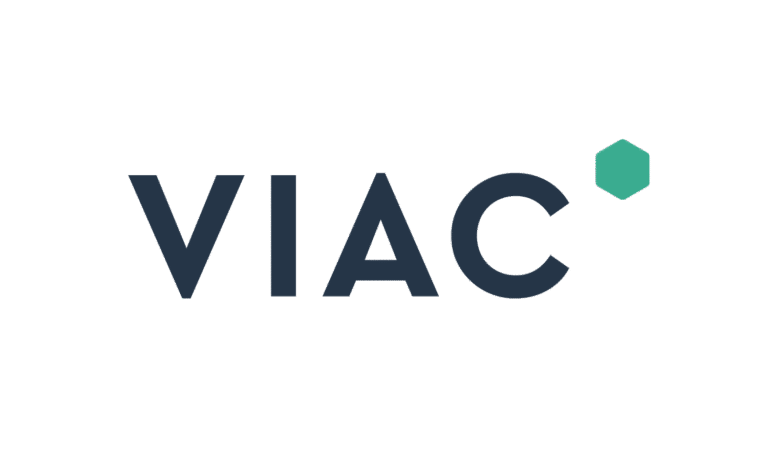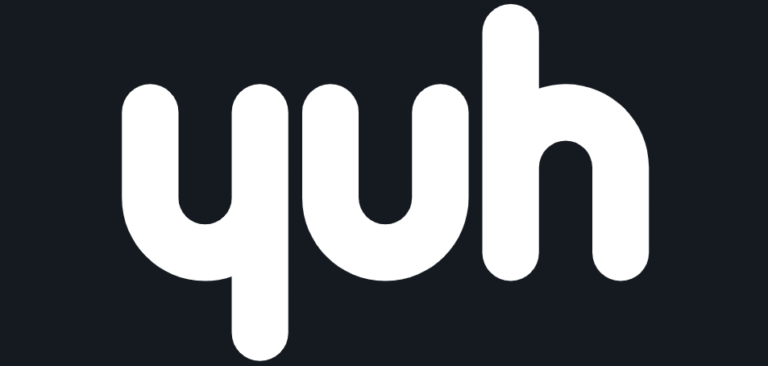Pillar 3a in Switzerland: The Ultimate Guide to Tax Savings and Retirement Planning
Want to legally pay less tax in Switzerland? For most residents, the answer is remarkably simple: Pillar 3a.
This isn’t some complex financial loophole. It’s the most powerful, tax-efficient savings and investment tool available to you here. Think of it as a personal savings account supercharged by the Swiss government to help you build wealth.
This guide will explain, in simple and clear terms, what Pillar 3a is, how it can save you thousands of francs in taxes every single year, and the smartest way to open and manage your account in 2025.
What is Pillar 3a in Switzerland? Your Key to a Richer Retirement
To understand Pillar 3a, you first need to know about Switzerland’s famous 3-pillar pension system. It’s simpler than it sounds:
- Pillar 1 (AHV/AVS): This is the state pension. It’s designed to cover your basic survival needs in retirement.
- Pillar 2 (Pension Fund): This is your occupational pension, funded by you and your employer. Its goal is to help you maintain your current lifestyle.
- Pillar 3 (Private Pension): This is voluntary and split into two parts:
- Pillar 3a (the “tied” pension): This is the focus of our guide. It offers major tax deductions, but the money is “tied up” and withdrawals are restricted until retirement (with a few exceptions).
- Pillar 3b (the “free” pension): This includes all other forms of personal long-term savings like stocks, investment funds, or even a regular savings account. It does not offer tax deductions, but the money is “free” and flexible, meaning you can access it at any time.
In short, Pillar 3a is a private, voluntary savings account encouraged by the government through significant tax advantages. As the name “tied pension” suggests, the funds are locked in until retirement and can only be withdrawn early under a few legally defined conditions, which we cover in the FAQ at the end of this guide.
The #1 Benefit: How Pillar 3a Saves You Thousands in Taxes
Here’s the magic of Pillar 3a in Switzerland, explained in one sentence:
Every franc you contribute to your Pillar 3a account during the year can be deducted directly from your taxable income.
Let’s make that crystal clear with a practical example. Imagine your taxable income for the year is CHF 90,000. If you contribute the maximum amount to your Pillar 3a, which is CHF 7,056 for 2025:
- Your old taxable income: CHF 90,000
- Your Pillar 3a contribution: CHF 7,056
- Your new, lower taxable income: CHF 82,944
You will now only pay income tax on CHF 82,944. So, what does this mean for your wallet?
With an average tax rate of, say, 25%, that deduction of CHF 7,056 translates to CHF 1,764 of pure tax savings in your pocket, year after year. You’re essentially getting paid to save for your own future.
How Much Can You Contribute?
This is a question people search for every year, so here are the exact figures. The amount you can contribute depends on whether you have a Pillar 2 pension fund.
- If you have a Pillar 2 (most employees): The maximum deductible amount for 2025 is CHF 7,056.
- If you don’t have a Pillar 2 (mainly self-employed): You can contribute up to 20% of your net earned income, with a maximum cap of CHF 35,280 for 2025.
Important Deadline: To claim the deduction for a specific tax year, your payment must be in your Pillar 3a account by the end of December.
The Big Decision: Bank, Insurance, or Fintech?
This is the most critical choice you’ll make. Traditionally, the choice was between your local bank and an insurance agent. Today, a third option has emerged and is often the smartest: digital Fintech providers.
The Insurance Solution (The Traditional, Cautious Path)
This is a policy that combines saving with an insurance component (like life or disability coverage). It’s a long-term, rigid contract.
- Pros: Integrated insurance coverage offers a sense of security.
- Cons: These products are often inflexible, requiring you to make fixed annual payments. They come with high, often hidden, fees and significant penalties if you need to stop payments or exit early.
The Traditional Bank Solution (The Safe, Familiar Path)
This involves opening a Pillar 3a savings or investment account directly at a traditional bank like UBS or your local cantonal bank.
- Pros: You get in-person advice and the comfort of a well-known, established brand.
- Cons: The fees are generally much higher than modern fintech solutions, and the digital experience can be less flexible.
The Fintech Solution (The Modern, Recommended Path)
These are app-based providers (like VIAC, finpension, or Frankly) that allow you to open and manage your Pillar 3a entirely from your smartphone.
- Pros: Extremely low costs, high potential for growth (by investing in stocks), maximum flexibility (you can contribute whenever you want), and full transparency.
- Cons: There is no physical branch or in-person advisor. It requires a degree of self-direction.
If you want a detailed analysis of the providers in this space, we have in-depth reviews:
- Read our VIAC Pillar 3a review.
- For an all-in-one app that includes a simple 3a, read our in-depth Yuh Review.
Our Verdict: Why Fintech is Often the Smartest Choice
Our philosophy is clear:
For most people with a time horizon of 10+ years, the Fintech solution offers an unbeatable combination of low costs, high growth potential, and superb flexibility.
If you strongly value in-person advice, the traditional bank solution is a solid second choice. The insurance solution should only be considered in very specific circumstances, after carefully weighing its high costs and lack of flexibility.
Maximizing Your Growth: Cash Account vs. Investment Funds
Once you’ve chosen a provider, you have one more decision: should you leave your contributions in cash or invest them?
The 3a Cash Account
This is like a standard savings account. Your money is safe, but with current interest rates, its return is close to zero. Over time, inflation will eat away at its value. This is only suitable for those who are very close to retirement.
The 3a Investment Fund Solution (Recommended for Long-Term)
Here, your contributions are invested in a portfolio of assets like stocks and bonds. Because your Pillar 3a money is locked away for a long time, you can ride out market fluctuations and benefit from long-term growth. This is the recommended path for anyone with a time horizon of 5+ years, as it offers a much higher potential for growth.
The Pro-Tip: Why You Should Open Multiple Pillar 3a Accounts
This is an expert tip for managing your Pillar 3a in Switzerland that can save you a fortune in taxes down the road and sets savvy savers apart.
The Problem: When you withdraw your Pillar 3a funds at retirement, the lump sum is taxed. Swiss taxes are progressive, meaning the bigger the sum, the higher the percentage of tax you pay. Withdrawing one large account of, say, CHF 200,000 will result in a hefty tax bill.
The Solution: Instead of having one large Pillar 3a account, open a new one every few years. Aim to have up to five separate accounts.
The Advantage: This allows you to stagger your withdrawals over several years. For example, you can withdraw one account when you turn 61, another at 62, and so on. Each smaller withdrawal is taxed at a much lower rate than one giant withdrawal would be. This simple strategy can dramatically reduce your total tax burden in retirement.






